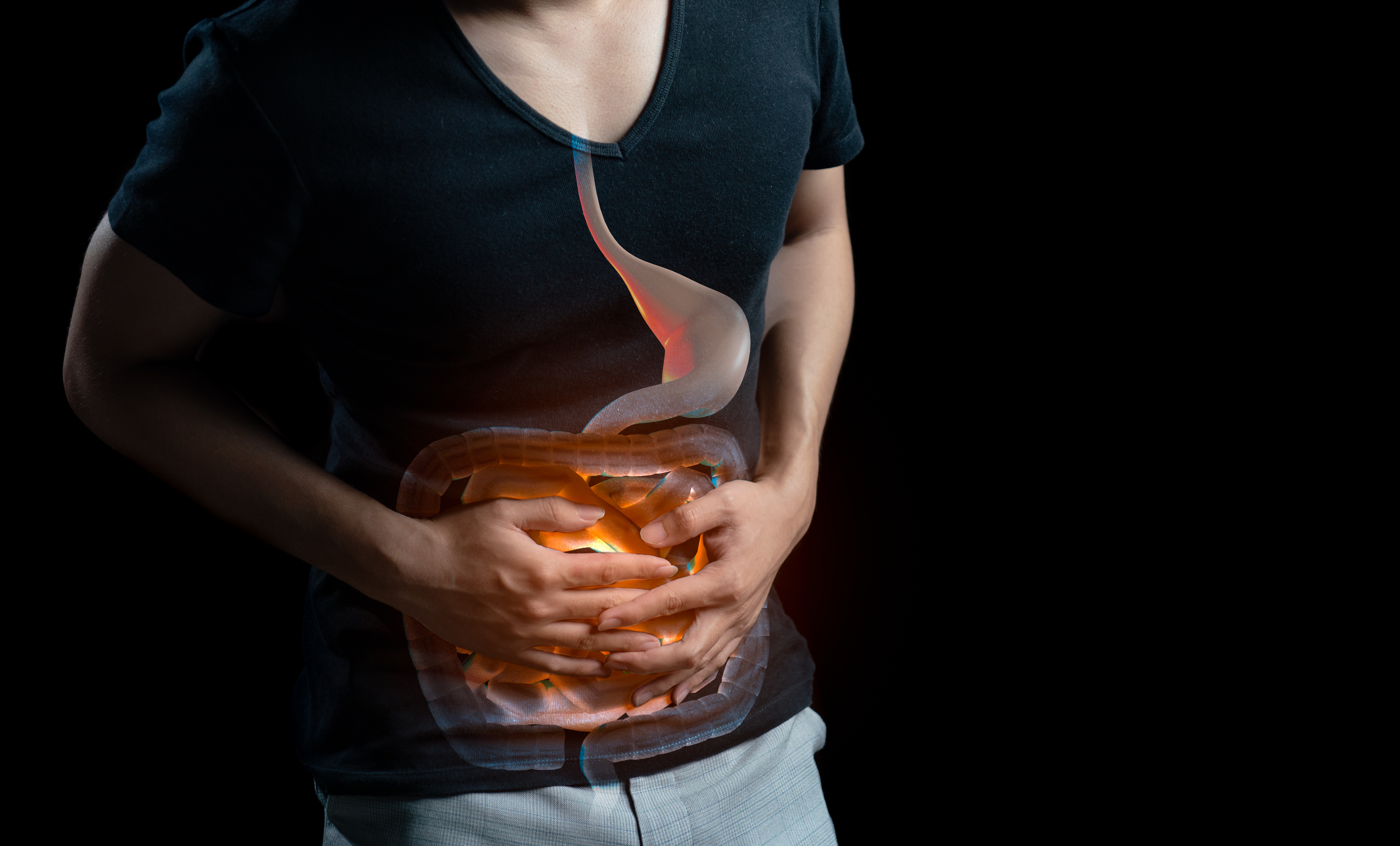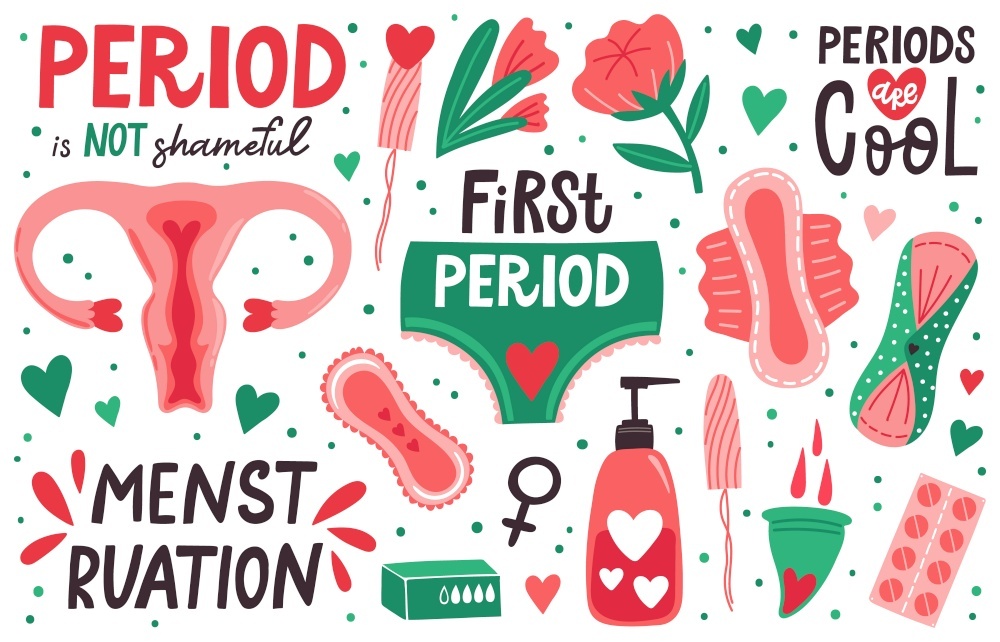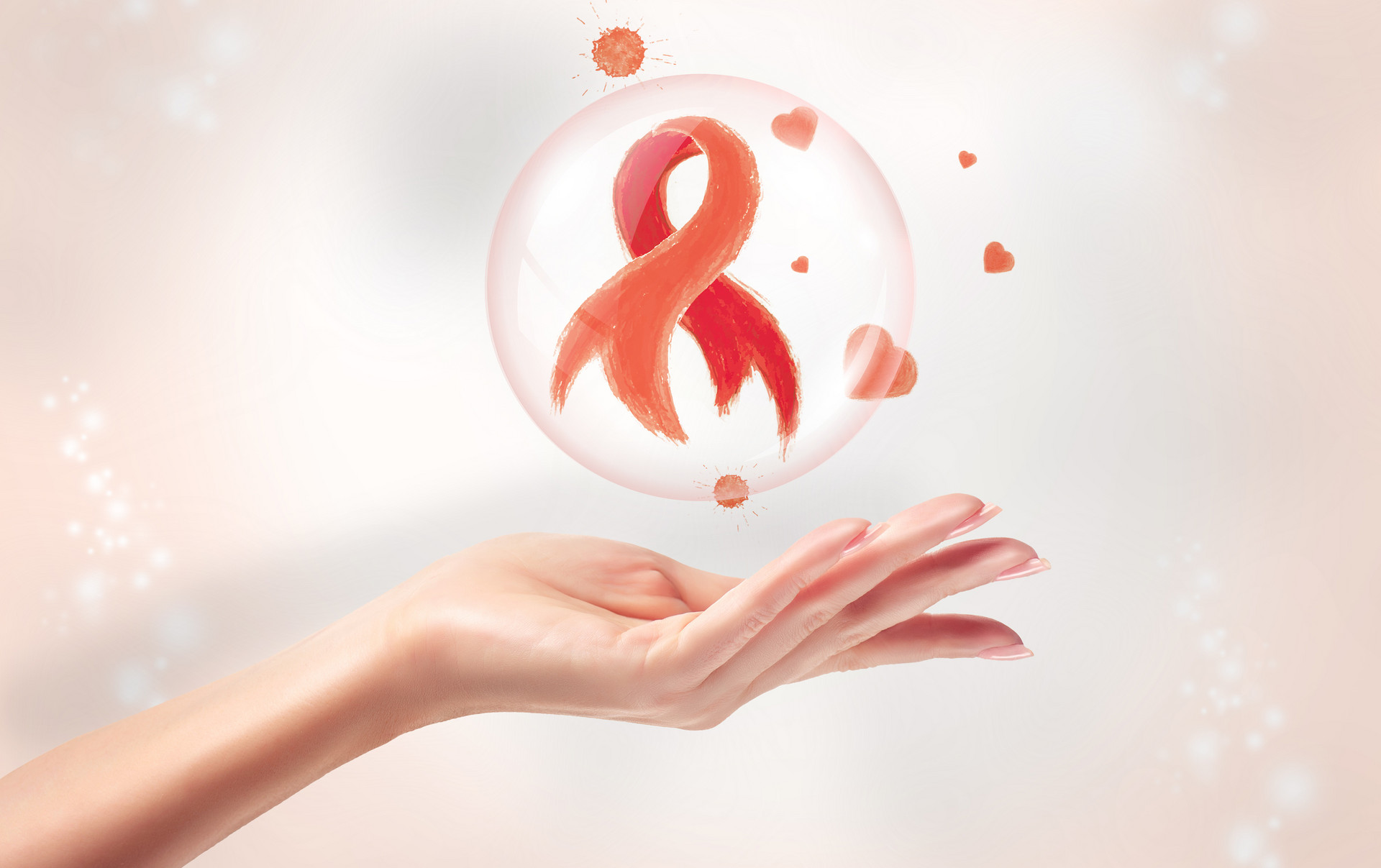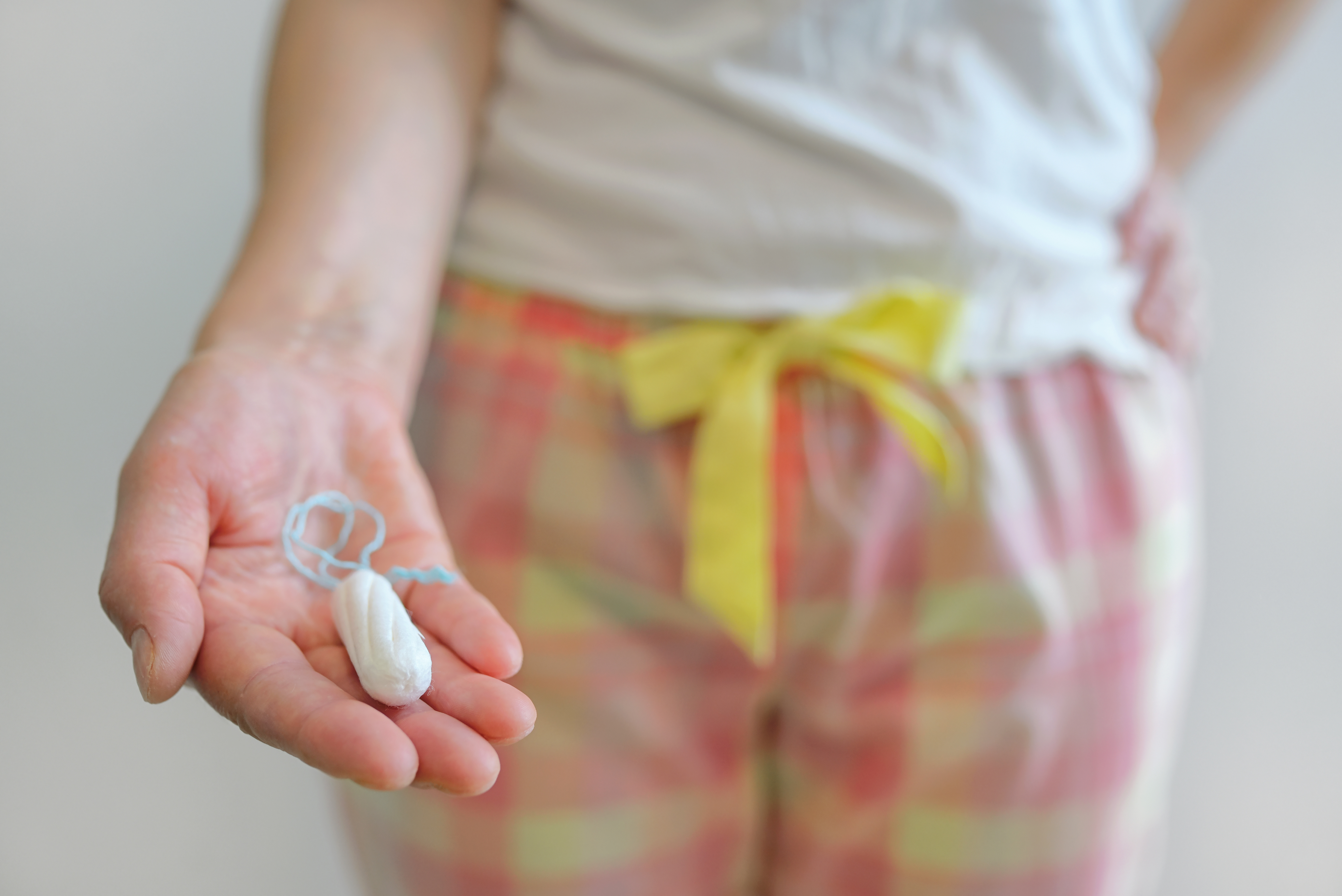Cervical Erosion is the most common pathological change and a disease that affects many women. Let's take a look at the causes and harms of cervical erosion together!
Causes of Cervical Erosion
1. Frequent induced abortions
Some young women, due to improper use of safe measures before marriage, have frequent induced abortions, which leads to damage to the cervix and makes it difficult to resist bacterial invasion, resulting in inflammation.
Inflammation stimulates the endocrine system in women's bodies. If the cervix is soaked in the secretion for a long time, erosion will occur.
2. Excessive cleaning
Some women overreact to the hygiene of their private parts and like to use cleaning solutions or soaps to clean the vulva and vagina. However, this is only a psychological effect.
The vagina has its own protective mechanism. Under the stimulation of estrogen, it produces acidic secretions that can inhibit bacterial growth.
But if inappropriate solutions or soaps are used for cleaning, this protective mechanism will be destroyed, allowing bacteria to break through and eventually damage the cervix.
3. Related to menstrual cycle
This disease is related to the menstrual cycle. Research has shown that the incidence rate of people with a menstrual cycle longer than 28 days is 85.55%, while the incidence rate of people with a menstrual cycle shorter than 20 days is 35.55%.
Harms of Cervical Erosion
1. Infertility
Although cervical erosion does not cause significant harm, if left untreated for a long time, it can still have some impact on a woman's fertility.
2. Affects quality of life
Because cervical erosion is a manifestation of cervical inflammation, having cervical erosion generally means that a woman is suffering from gynecological diseases.
Cervical inflammation has a greater impact on women. If not treated in time, it can seriously affect the quality of life between couples.
Women may experience pain during sexual intercourse.
3. Carcinogenesis
Due to the stimulation of inflammation and increased local secretions, the cervix, which is soaked in inflammatory secretions for a long time, will develop erosion.
If erosion is not treated in time, under the long-term stimulation of chronic inflammation, the columnar epithelium derived from cervical canal hyperplasia can develop atypical hyperplasia, and a part of it may eventually develop into cancer. Caution should be exercised.
Foods to Avoid with Cervical Erosion
Avoid alcohol:
Alcohol is a warm and irritating food. Drinking alcohol can aggravate damp-heat and worsen the condition.
Avoid seafood:
Seafood such as fish, crabs, shrimp, clams, oysters, and abalone are all foods that can cause inflammation and are not conducive to the regression of inflammation.
Avoid sweet and greasy foods:
Foods that are too sweet and greasy, such as candies, cream cakes, eight treasure rice, glutinous rice cakes, lard and fatty pork, sheep fat, egg yolks, have a dampening effect and can reduce the effectiveness of treatment, prolonging the condition.
Avoid spicy fried and warm foods:
Spicy and fried foods such as chili, fennel, peppercorn, onion, mustard, roasted chicken, fried pork chops, and warm foods such as beef, mutton, and dog meat can promote internal heat and exacerbate the condition.












